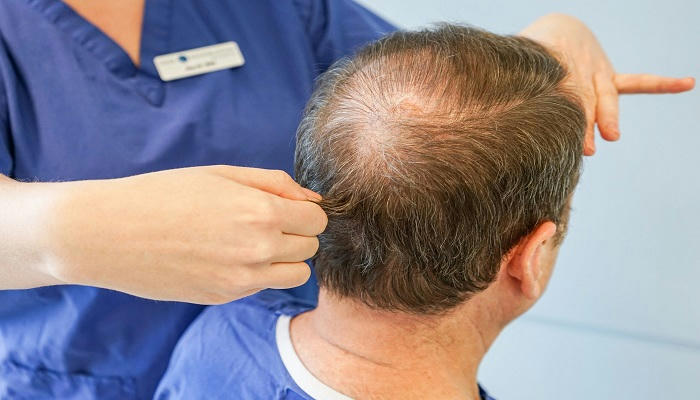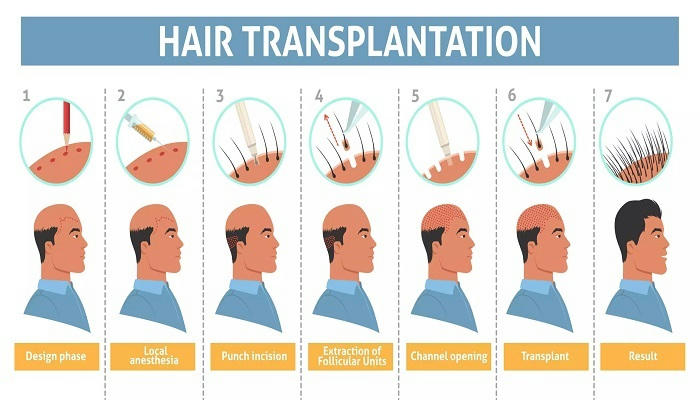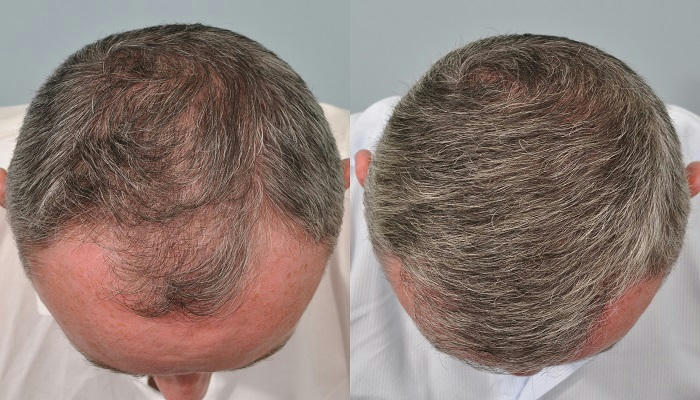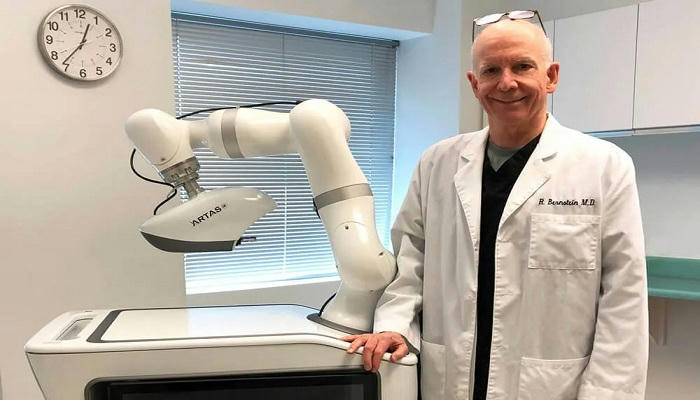The Truth About Hair Transplantation: What You Need to Know Before Undergoing the Procedure
Modern hair transplantation offers life-changing solutions for hair loss sufferers. This guide breaks down surgical techniques, recovery realities, costs, and critical considerations for prospective patients.
Hair Transplant 101: Surgical Methods Compared
FUT vs. FUE: Key Differences
| Factor | FUT (Strip Method) | FUE (Follicular Extraction) |
|---|---|---|
| Scarring | Linear scar (1-2mm wide) | Dot scars (virtually hidden) |
| Session capacity | 3,000-5,000 grafts | 1,500-3,000 grafts |
| Recovery time | 10-14 days | 5-7 days |
| Best candidates | Advanced hair loss | Short hairstyle preference |

The Ideal Candidate Profile
Physical Requirements
- Donor density: ≥60 follicular units/cm²
- Stable hair loss: No significant progression in 12 months
- Scalp laxity: Adequate for FUT strip removal
Psychological Factors
- Realistic expectations (50% density improvement typical)
- Commitment to post-op medications (Finasteride/Minoxidil)
- Understanding of 12-month growth timeline
Cost Breakdown: What to Expect
National Price Ranges
| Norwood Scale | Grafts Required | Average Cost |
|---|---|---|
| III | 1,500-2,000 | $6,000-$9,000 |
| IV | 2,500-3,000 | $10k-$15k |
| V-VI | 3,500-5,000+ | $15k-$25k+ |
Hidden costs:
- PRP add-ons: $500-$1,500/session
- Travel expenses for top surgeons
- Post-op medications: $30-$150/month

The Procedure: Step-by-Step Timeline
Pre-Op Preparation
- 3 months prior: Stop blood thinners/smoking
- 1 week prior: Begin antimicrobial shampoo
- Day before: Trim donor area to 1mm
Surgery Day (8-10 hours)
- Anesthesia: Local numbing injections
- Harvesting: FUT strip removal or FUE punching
- Graft preparation: Microscopic dissection
- Implantation: 30-50 grafts/cm² density
Immediate Post-Op Care
- First 72 hours: Sleep at 45° angle to reduce swelling
- Day 2-5: Gentle saline sprays every 2 hours
- Day 7: Scab removal begins

Growth Timeline: Realistic Expectations
| Month | Development Stage |
|---|---|
| 0-1 | Shock loss (20-30% shedding) |
| 2-3 | Dormant phase (no visible growth) |
| 4-6 | Initial sprouting (30% density) |
| 7-9 | Accelerated growth (60% density) |
| 10-12 | Final results (80-100% density) |
Risks and Complications
Common Temporary Effects
- Donor numbness: Resolves in 3-6 months
- Folliculitis: 15% incidence rate
- Cysts: 5% require drainage
Rare But Serious Risks
- Scalp necrosis: <0.1% with skilled surgeons
- Poor growth: 3-5% cases needing touch-ups
- Unnatural patterns: From poor graft placement

Maintenance Protocol for Lasting Results
Medical Therapy
- Finasteride: Reduces DHT by 70% (prevents further loss)
- Minoxidil: Boosts graft survival by 15-20%
- Low-Level Laser Therapy: 39% increased density in studies
Lifestyle Factors
- Nutrition: 50g+ daily protein intake
- Stress management: Cortisol reduces hair growth
- Sun protection: SPF 30+ on recipient areas
Choosing Your Surgeon: Red Flags vs. Green Lights
Warning Signs
- No before/after gallery
- Pressure to overharvest (>4,000 grafts/session)
- Unwillingness to discuss complications
Positive Indicators
- IAHRS/ABHRS certification
- 500+ procedures performed
- Transparent graft survival rates
The Future of Hair Restoration
Emerging Technologies
- Stem cell therapy: 2x graft survival in trials
- Robotic FUE: 95% precision vs. 85% manual
- Cloning: 2028 projected clinical availability
Hair transplantation remains the gold standard for pattern baldness treatment. By understanding the realities of surgical hair restoration and selecting an experienced surgeon, patients can achieve natural, lasting results that restore both hair and confidence.
